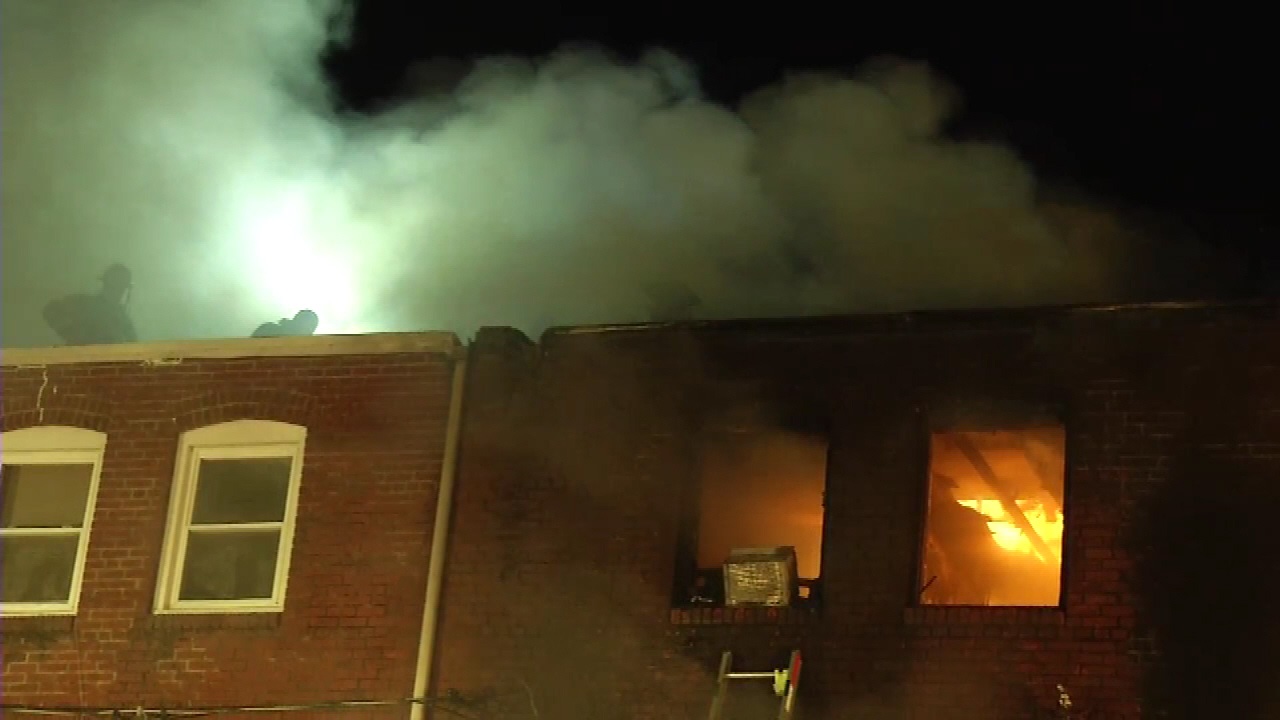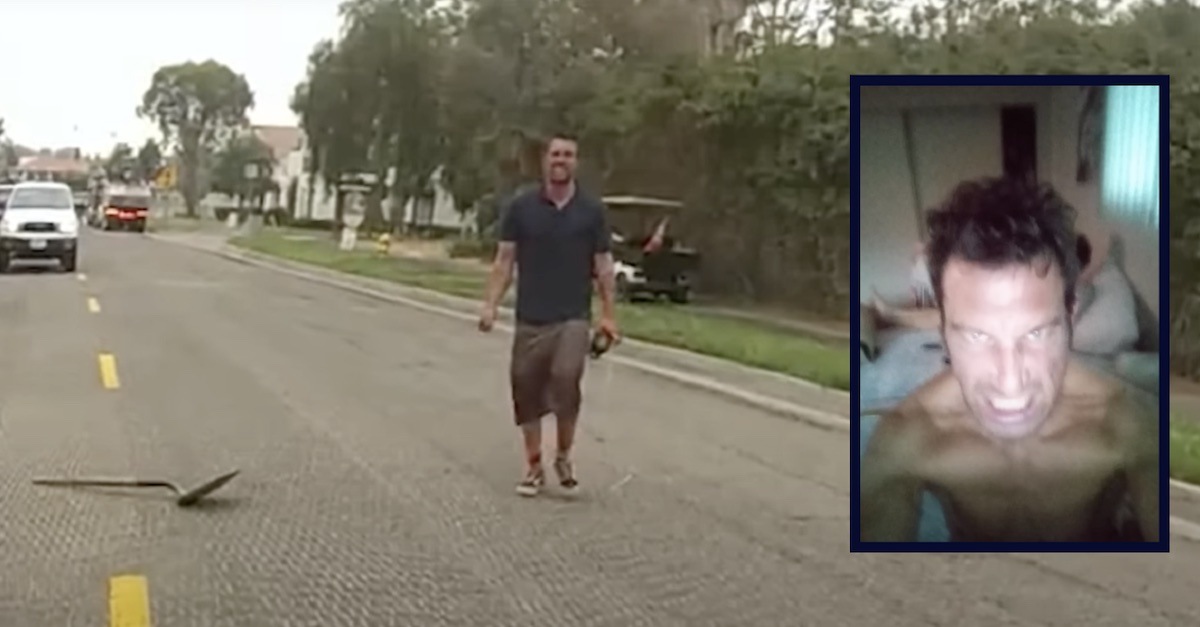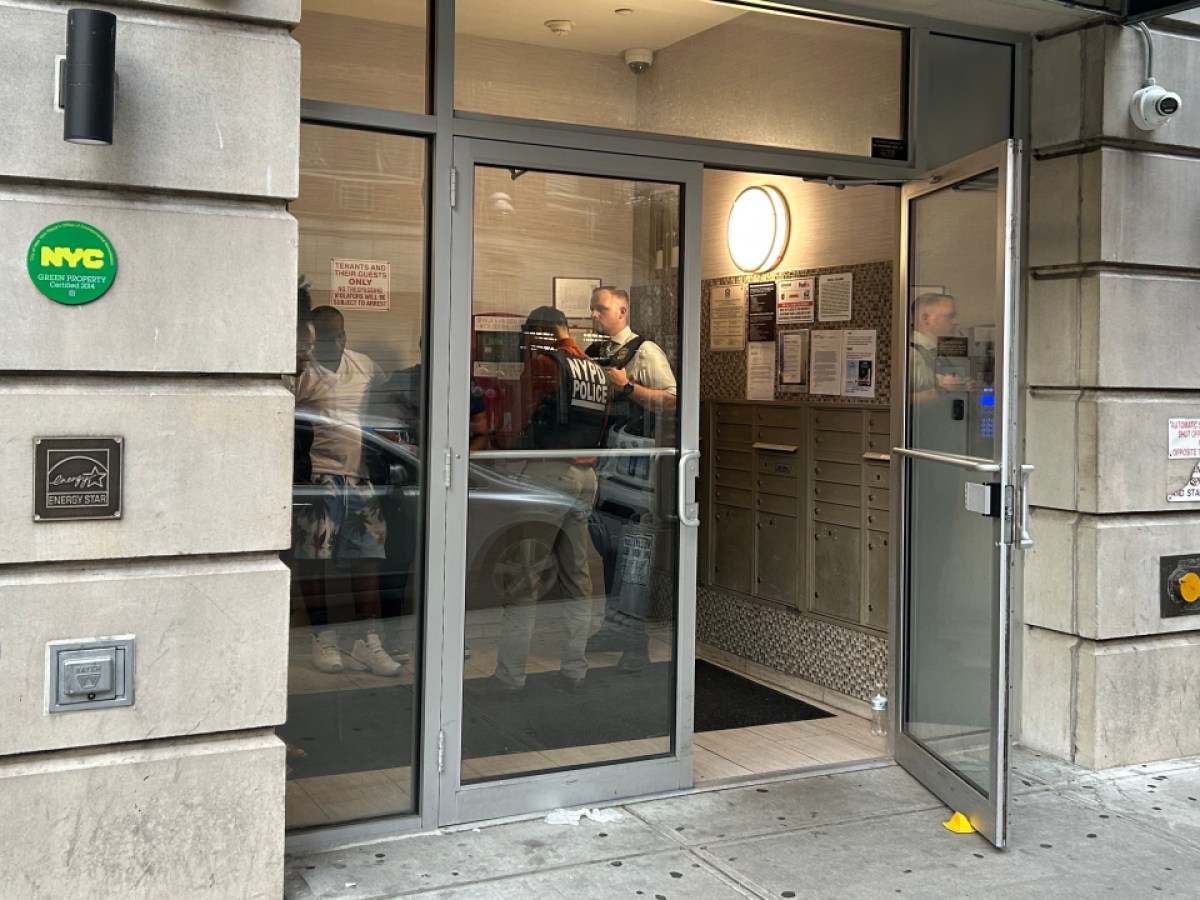Fighting a flood in coronavirus cases in the spring, Florida gave off an impression of being “flattening the curve” as amusement parks covered, sugar sand seashores shut and occupants paid attention to requests to remain at home. Presently, it's as though that never occurred.
Bars, cafés, and gyms started reviving in May, critics said it was too early, and weeks after the fact, Florida became one of the nation's virus hot spots, encountering a disturbing flood in cases. On Thursday, authorities revealed 120 passings in a single day, the most noteworthy number since the past record of 113 toward the beginning of May.
“We thought maybe we could keep this thing under wraps. And that worked for a little bit of time,” Dr. Jason Wilson, an E.R. physician at Tampa General Hospital, said during a conversation with Tampa Mayor Jane Castor that was livestreamed Wednesday on Facebook. “But eventually ... it caught up to us.”
From Miami to Jacksonville and Tampa, emergency clinics in June and July have seen their numbers of coronavirus patients triple, with new patients outpacing those being released.
A record 435 recently hospitalized patients were accounted for Friday to have tested positive for the infection, including some who looked for care for different reasons and aren't really symptomatic. There were 6,806 patients being treated for COVID-19 in Florida clinics, as indicated by another count that state authorities began discharging Friday. Prior to that, accessible information just indicated hospital occupancy and capacity, including non-coronavirus patients.
Hospitals are scrambling to enlist more human services laborers to extend their COVID units. A week ago, medical clinics in a few urban communities reported they would again stop or diminish nonemergency systems to let loose space.
Wilson and other health specialists believe the spike was started in enormous part by youngsters who weren't encountering indications and were bound to play it safe while gathering at revived bars and swarmed seashores.
“We saw the floodgates open really for young people having what we call asymptomatic or presymptomatic spread," he said. “Three weeks later, we are starting to see everyone else starting to get the virus as well.”
The state's predicament echoes other hot spots. Texas, which is denoting its deadliest seven day stretch of the pandemic, on Thursday detailed a record day by day loss of life of more than 100, another high for hospitalizations for the tenth back to back day, and an almost 16% positive test rate, its most noteworthy yet. In Arizona, medical clinics were at about 90% limit, with a record 3,437 patients hospitalized as of Wednesday, and a record number of those, 575, on ventilators, wellbeing authorities said. Prior in the week, a record-high number of 871 patients filled ICU beds.
In Miami-Dade, Florida's most noticeably terrible hit region, a couple of the littler emergency clinics have come up short on ICU beds totally, however countywide there were as yet about 14% accessible as of Friday. Indeed, even emergency clinics with probably the greatest ICUs in the state are extended: Tampa General as of now has 70 patients who are sick, half of whom are in ICU beds, Wilson said.

















